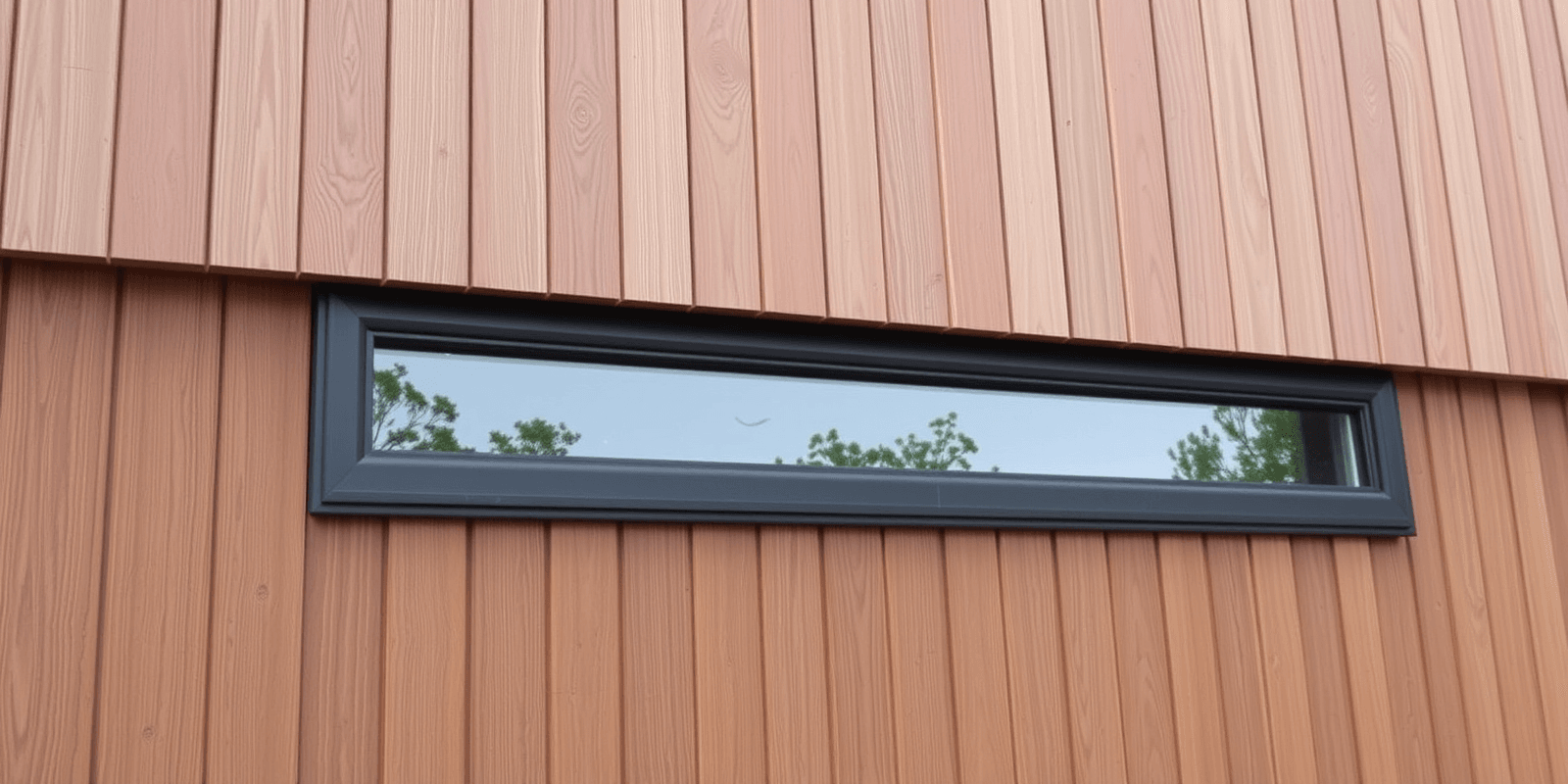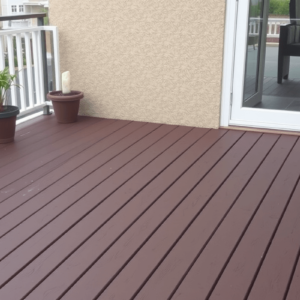“`html
body {
font-family: Arial, sans-serif;
line-height: 1.6;
margin: 20px;
}
h1, h2, h3 {
color: #333;
}
a {
color: #007BFF;
text-decoration: none;
}
a:hover {
text-decoration: underline;
}
Comparing Costs: Composite Wood vs Traditional Cladding Materials
In the world of exterior home design, choosing the right cladding material is crucial for both aesthetics and longevity. This article will compare the cost-effectiveness of composite wood cladding with other popular options like vinyl, brick, and natural wood. We’ll analyze initial costs, long-term expenses, aesthetic appeal, durability, and environmental impact.
Initial Costs
When it comes to initial costs, composite wood cladding can be more expensive upfront compared to vinyl and natural wood, but it’s often cheaper than brick. According to Family Handyman, the average cost per square foot for composite wood is around $7-$10, while vinyl ranges from $3-$7, and natural wood can go up to $10-$15. Brick, on the other hand, can cost anywhere from $8-$15 per square foot.
Long-Term Expenses
Composite wood cladding offers significant savings in maintenance over time. Unlike natural wood, which requires frequent painting or staining, composite wood is highly resistant to moisture, rot, and insect damage. This translates to lower long-term maintenance costs. A study by ResearchGate found that the total lifetime cost of composite wood is lower than that of vinyl and natural wood due to its durability and minimal maintenance requirements.
Aesthetic Appeal
Composite wood cladding offers a versatile aesthetic that mimics the look of natural wood without the need for ongoing upkeep. It provides a modern twist on traditional wood siding, making it a popular choice for contemporary homes. Vinyl and brick offer their own unique styles, but they lack the natural beauty of wood. Natural wood, while beautiful, requires regular maintenance to maintain its appearance, which can be costly and labor-intensive.
Durability
Composite wood cladding is highly durable and resistant to weather conditions, including rain, snow, and UV rays. It doesn’t warp, crack, or rot, ensuring a longer lifespan compared to natural wood. Vinyl is also durable but can fade over time, especially in direct sunlight. Brick is incredibly strong and long-lasting, but it’s heavy and can be more difficult to install.
Environmental Impact
From an environmental perspective, composite wood cladding is a sustainable option. It’s made from recycled materials and is recyclable at the end of its life cycle. While natural wood is biodegradable and renewable, the process of harvesting and treating it can have a significant environmental footprint. Vinyl is not biodegradable and can release harmful chemicals during production and disposal.
Conclusion
Composite wood cladding emerges as a compelling option when comparing cost-effectiveness with traditional materials. While it may require a higher initial investment, its low maintenance needs and durability make it a smart long-term choice. Additionally, its environmental benefits add another layer of value. Whether you’re looking for a modern aesthetic or practicality, composite wood cladding stands out as a versatile and sustainable solution.
“`





Reviews
There are no reviews yet.